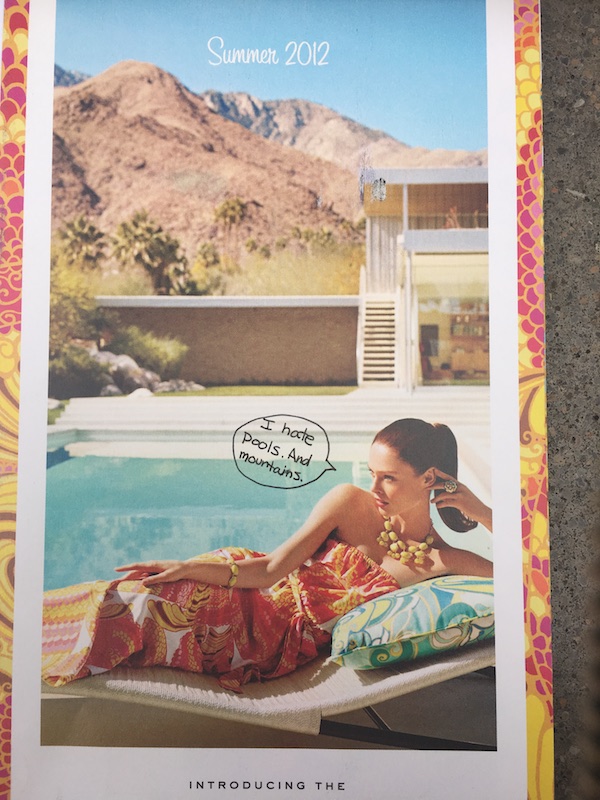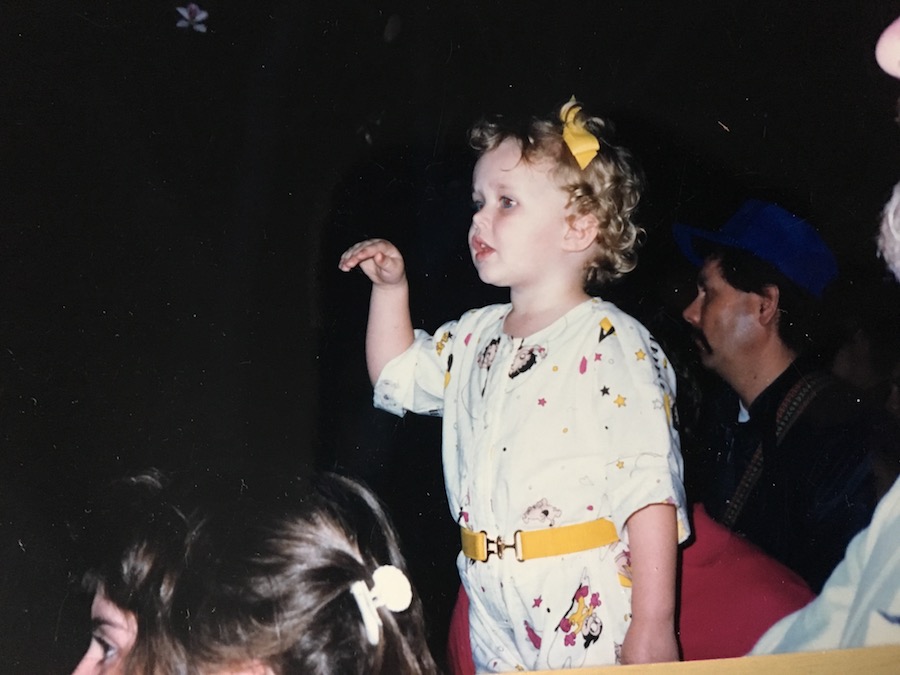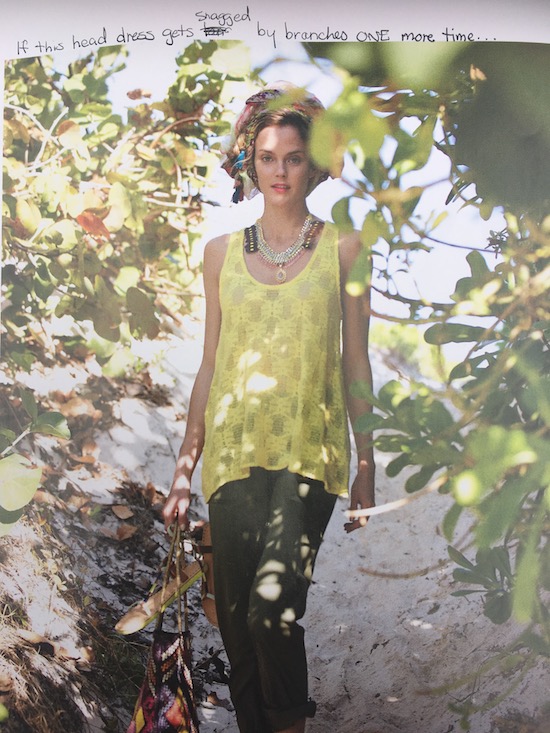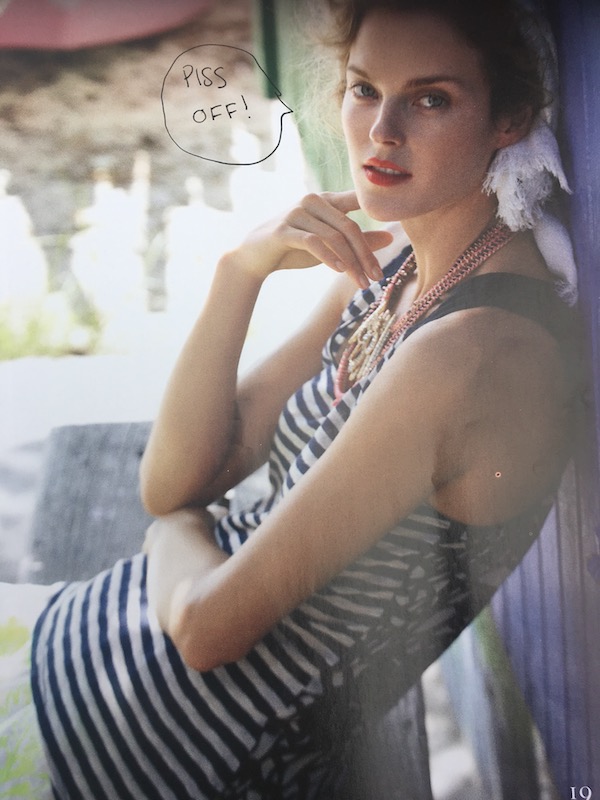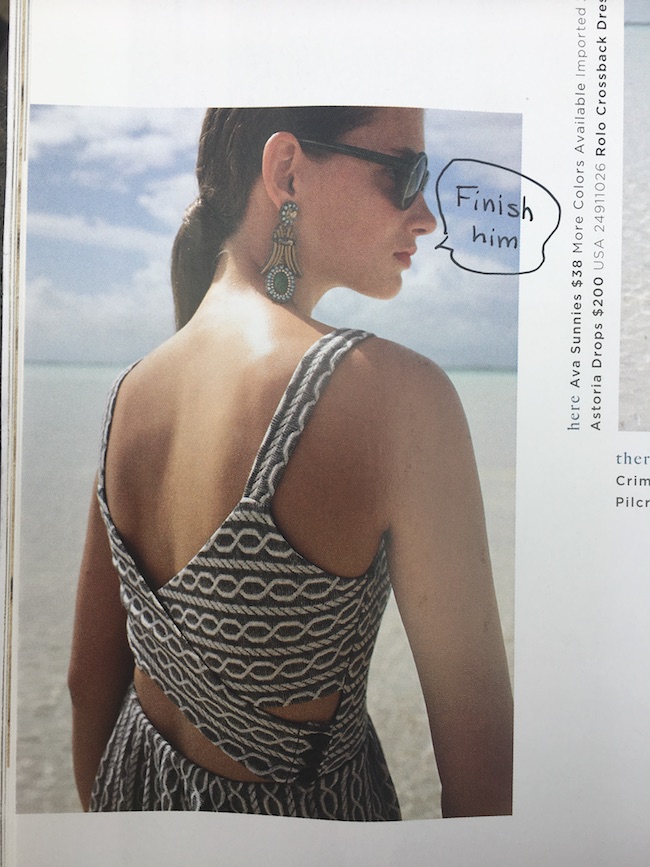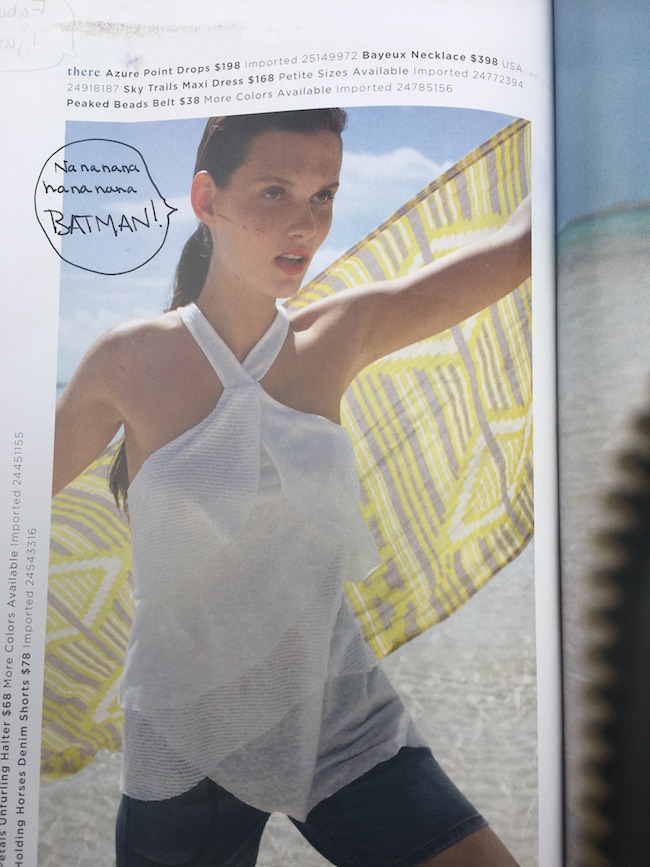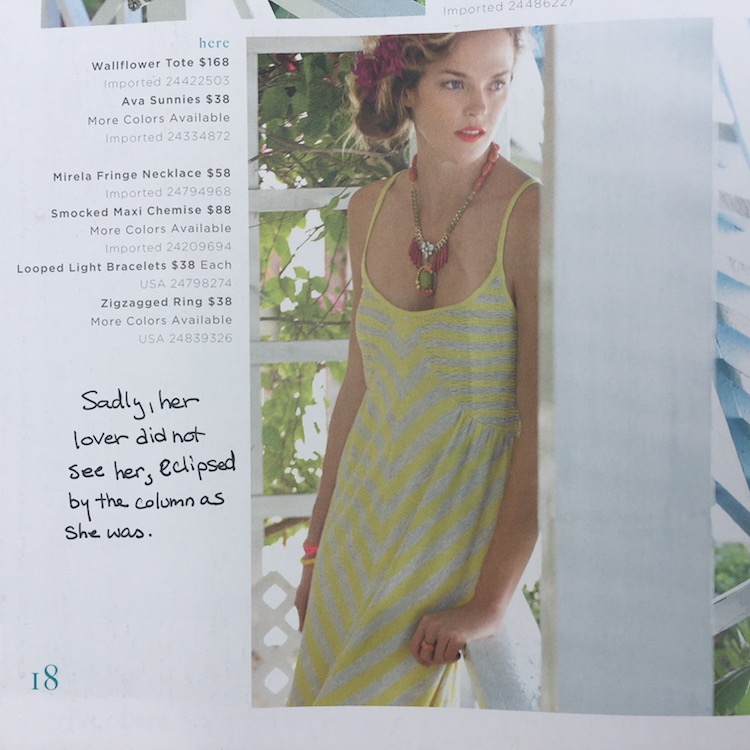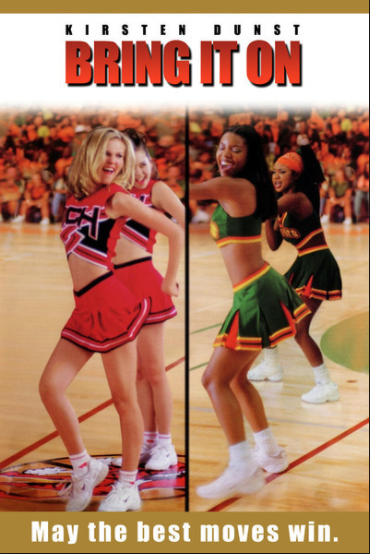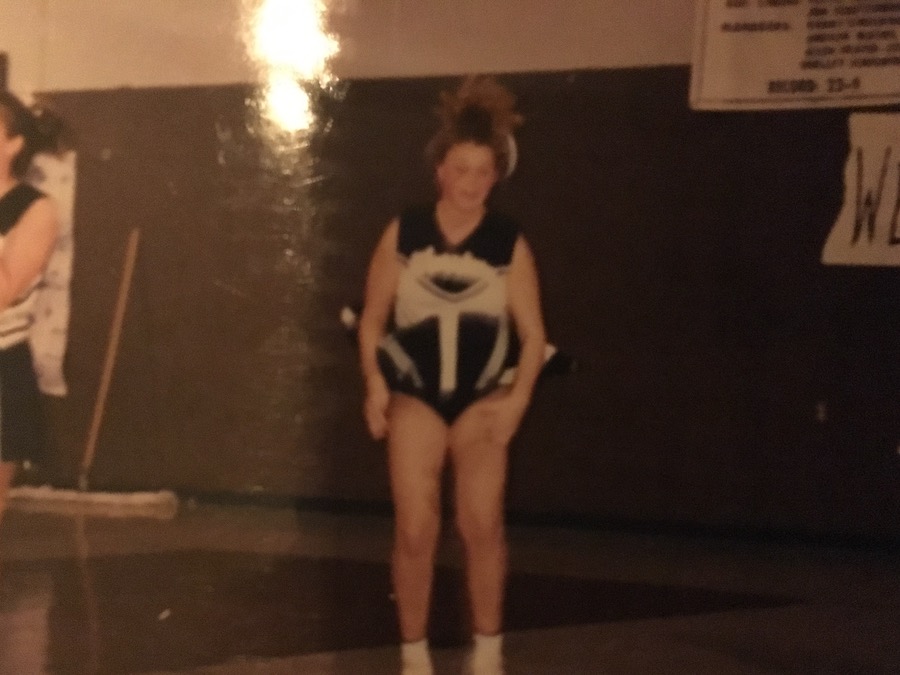SAISD has room for 15,000 more students…where will they live?
One of the quirks of Texas government is the disconnect between school districts and the cities they serve. While districts answer directly to the state, bypassing city government, decisions made a city hall directly affect the health of schools.
Take, for example, housing.
A resolution unanimously adopted by the San Antonio ISD board (with President Patti Radle and trustee Debra Guerrero absent) at its Feb 12 meeting highlights the inextricable link between quality housing and quality schools. As the city fires up its task force to pursue a “Comprehensive Housing Policy Framework”, SAISD has stake in the conversation, trustee Ed Garza told me. Currently three SAISD trustees have City Hall on their resume. Garza served on city council from 1997 to 2001, and for two terms as mayor beginning in 2001. Radle served on city council from 2003 to 2007, and Guerrero from 1997 to 2001.
“You can’t really talk about infill, affordable housing and mixed income communities in the oldest part of San Antonio without talking about neighborhood schools,” Garza said.
The resolution acknowledges the role of housing in the district’s declining student population. Since its peak in 1968, the district has lost around 26,000 students, and can currently absorb at least 15,000 more into its existing facilities, the resolution states.
The northward sprawl of the city over past decades has left substantial gaps in quality family housing near the city’s core, which is served by SAISD, the county’s third largest school district with around 50,000 students. Other districts south of downtown have felt a similar attrition of middle class families looking for new or stable housing in the $100,000-$200,000.
The average home value in SAISD is around $70,023, according to the district. The state average. In those parts of the district serving the East and West sides of San Antonio— including two of the nation’s poorest zip codes, 78207 and 78208—the situation is far more bleak.
In 78207 more than half of the population, are renters and the average home value in 2016 was $62,000. In 78208, the 2016 average home value was a bit higher, $76,000. However, the percentage of renters was higher as well, and the median income was roughly the same. The later zip code runs into recently gentrified Lower Broadway where property values are climbing.
Concentrated poverty, Garza explained, makes it almost impossible for either schools or housing to improve without one another. Schools can become the catalyst, but if there’s not transformation of the neighborhood, Garza said, “It doesn’t allow the neighborhood to elevate or start to break the cycle of poverty.”
Without the building stock to house them, Garza explained, families migrate northward where a virtuous cycle continues to feed middle class housing and schools.
The schools are not without culpability in the decline, acknowledged Garza. In some of the neighborhoods already experiencing “regeneration” (Garza does not like the term “gentrification”), such as Dignowity Hill and Monticello Park, “We have not seen that translate into neighborhood school attendance.”
That’s changing in some neighborhoods where district efforts and housing stock have worked in concert. Lamar Elementary, located in Mahncke Park, is starting to attract its own middle class neighbors back to the school, which had seen enrollment decline for years.
The district has also launched ten “diversity by design” schools, which are not bound to an attendance zone. These schools use attractive curriculums and instruction models to appeal to families from across and outside the district. By attracting those parents, as well as families in the immediate neighborhood, SAISD chief innovation officer Mohammed Choudhury has been able to diversify the socioeconomic mix of students on these campuses.
However, open enrollment alone cannot solve the entire problem of segregation and economic isolation, Choudhury has said, housing will be critical.
 I’m looking through the pictures of my son’s baptism yesterday, All Saints Day. It was an Anglican service, so we were up there for a while. The time stamps on the photos range from 11:35-11:48 am. They catch my daughter misbehaving. They show my son cooperating (though concerned) with the water, the oil, the lifting, and being walked through the congregation. The pictures catch our faces, immersed in the joy of infant baptism and the realities of parenting a three-year-old sister. We were celebrating a spiritual reality that informs how we live on earth.
I’m looking through the pictures of my son’s baptism yesterday, All Saints Day. It was an Anglican service, so we were up there for a while. The time stamps on the photos range from 11:35-11:48 am. They catch my daughter misbehaving. They show my son cooperating (though concerned) with the water, the oil, the lifting, and being walked through the congregation. The pictures catch our faces, immersed in the joy of infant baptism and the realities of parenting a three-year-old sister. We were celebrating a spiritual reality that informs how we live on earth.